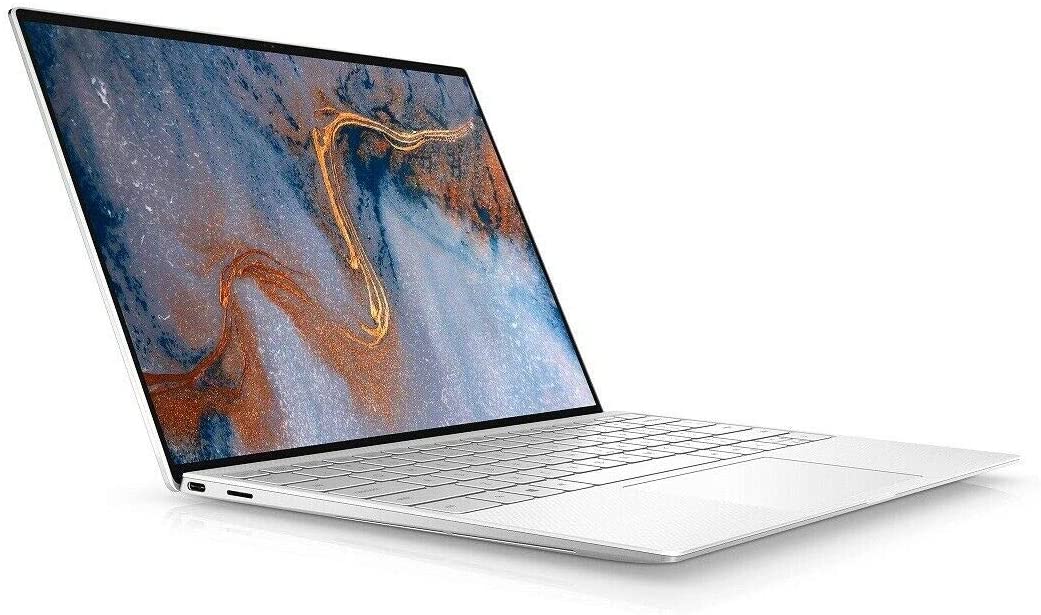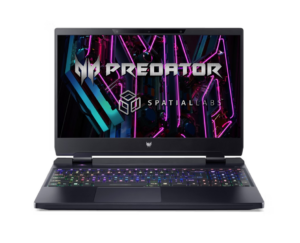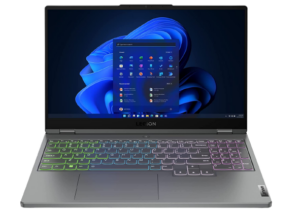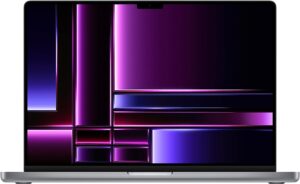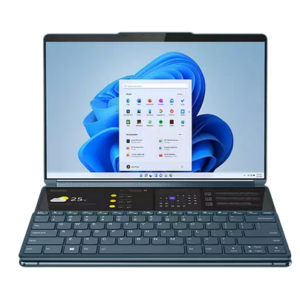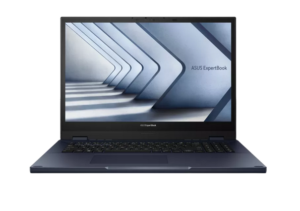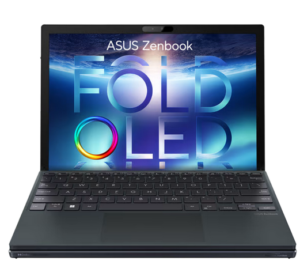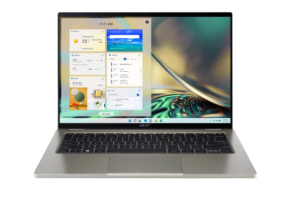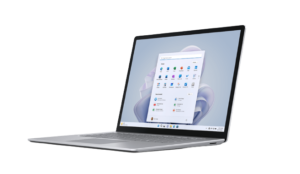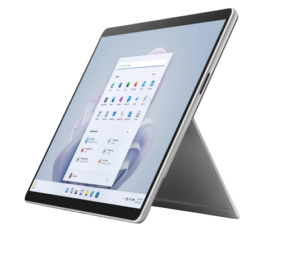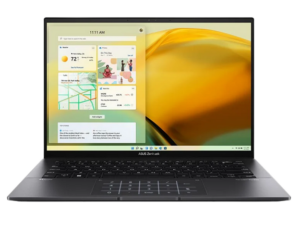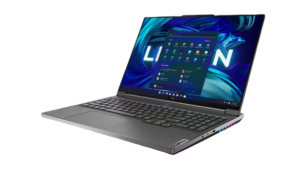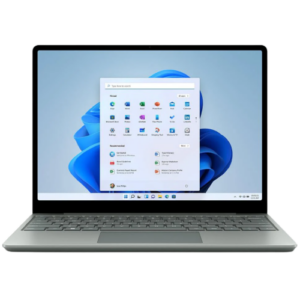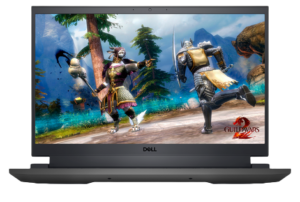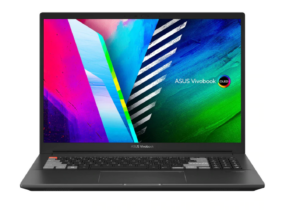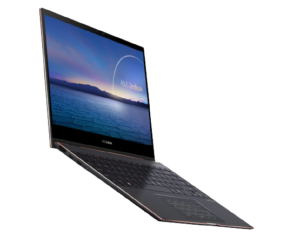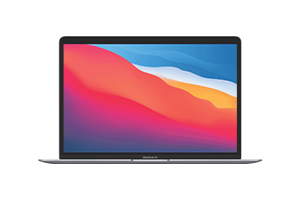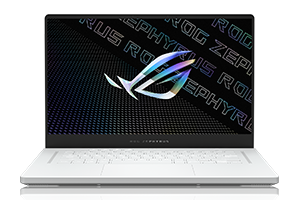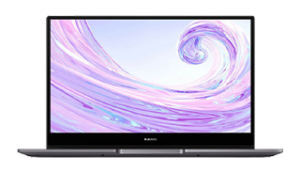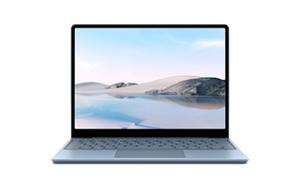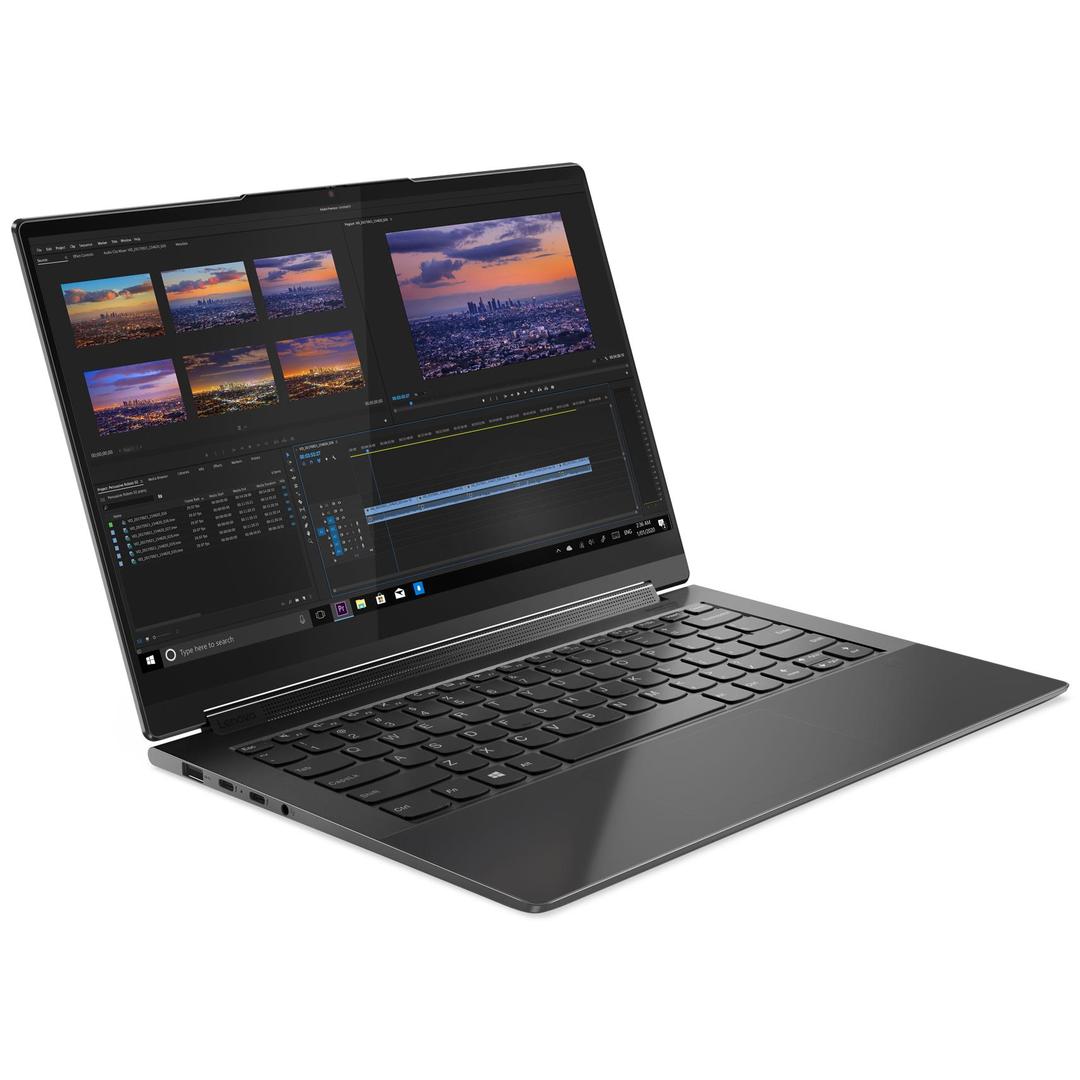What you see is what you get with the latest Dell XPS 13.
Dell XPS 13 verdict
What you see is what you get with the latest Dell XPS 13. It elevates the strong foundations of last year’s model with a smart spec bump that leaves it both better prepared for tomorrow and ready to give consumers additional bang for their buck today.
It might not be made by Microsoft, but the latest XPS 13 sees Dell hold onto their throne when it comes to premium Windows-based laptops. With top-notch specs, a sleek design, a gorgeous screen and a somewhat reasonable price, the Dell XPS 13 has it all.
- Gorgeous display
- Smart design
- Lightweight form-factor
- Limited ports
- Higher-spec models are quite pricey
Dell XPS 13 design
As with many house-name laptop brands, a lot of the story around the new Dell XPS 13 (9310) can be understood by bringing it into conversation with its predecessor.
The previous model, the Dell XPS 13 (9300), was a relatively-significantly redesign that incorporated a better screen with thinner bezels, a larger trackpad, a bigger and a larger keyboard.
By comparison, the innovations and iteration found in the latest Dell XPS 13 is more subdued. Or, at the very least, less visible. The biggest changes here are located under the hood.
To that end, the Dell XPS 13 (9310) comes kitted out with Intel’s latest 11th Gen Core processors, which bring new possibilities to the premium laptop niche through inclusions like support for Thunderbolt 4-enabled USB ports and Intel’s Xe Iris integrated graphics.
There are two colour options available here. One of these is silver on the outside and black on the side. The alternative has a more frosted look to it, opting for a lighter tone when it comes to the interior of the Dell XPS 13.
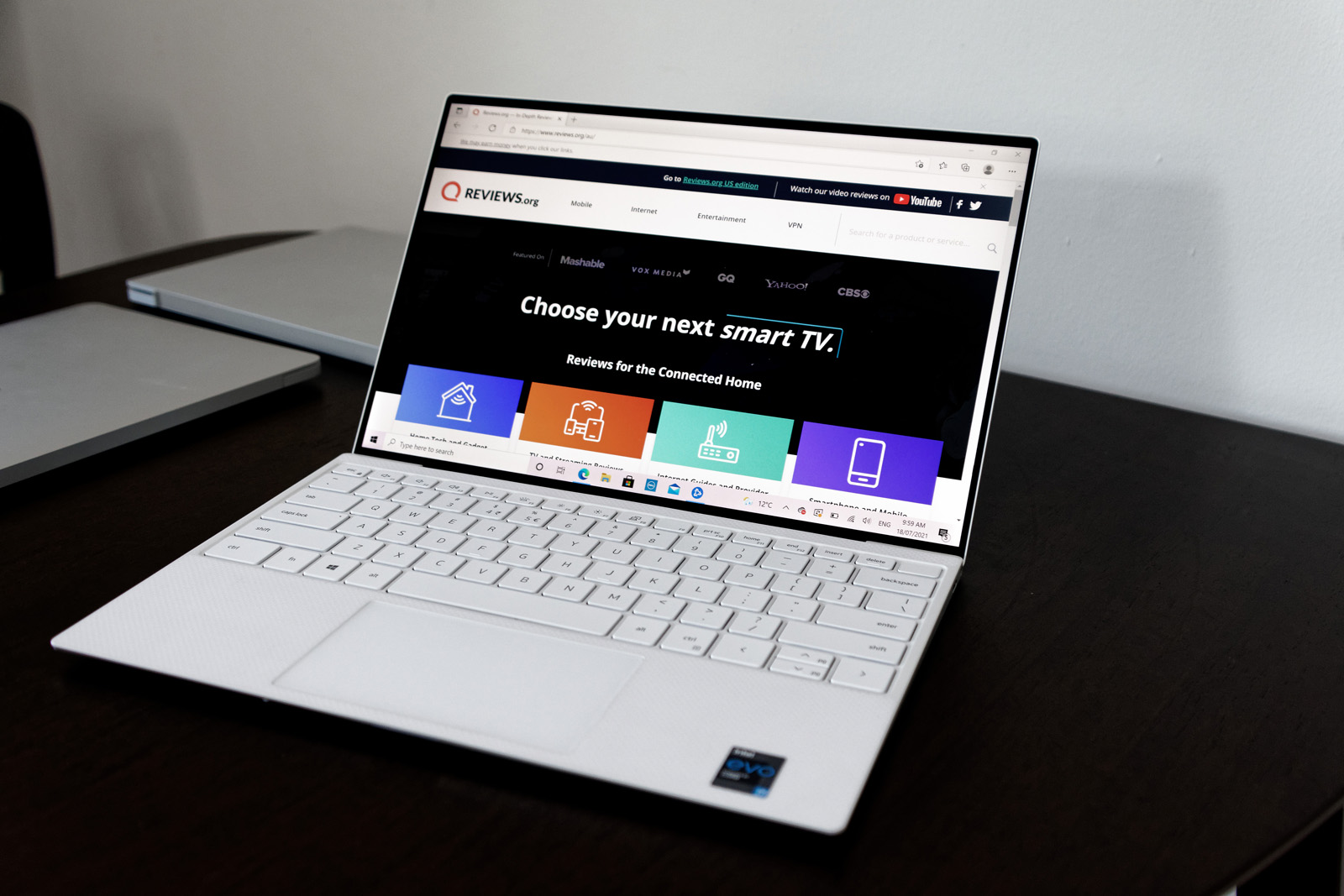
Still, if you’re coming to things afresh, there’s a lot to like here about Dell’s take on premium laptops. Even if the latest version of the Dell XPS 13 doesn’t tinker with the blueprint all that much, it remains a strong foundation for most everyday computing scenarios.
Like previous models, the Dell XPS 13 (9310) is built around a 13.4-inch display with super-thin bezels. The screen pushes right up to the edge of the device in a way that older models, and many of the XPS 13’s competitors, can’t quite match. It’s a small thing, but it improves your everyday mileage with the hardware.
Dell gives you the option of kitting the Dell XPS 13 (9310) you choose between either a touch sensitive display or not. You also have the option of bumping things from FHD resolution up to UHD. However, this can negatively affect the battery life and might not necessarily provide the extra value you’d hope for. Having a laptop with a 4K screen might be prettier, but it’s not necessarily more useful.
Either way, the dimensions of the screen on the latest Dell XPS 13 remain the same. It’s just as bright, supports HDR content that uses the Dolby Vision standard, and is just as protected by Gorilla Glass 6 when it comes to every scratch resistance and durability.
When it comes to the overall form-factor, though, this version of the Dell XPS 13 isn’t that different to previous efforts. You still get a crisply refined aluminum chassis on the outside, You still get a neatly textured and somewhat rubberised palm rest on the inside.
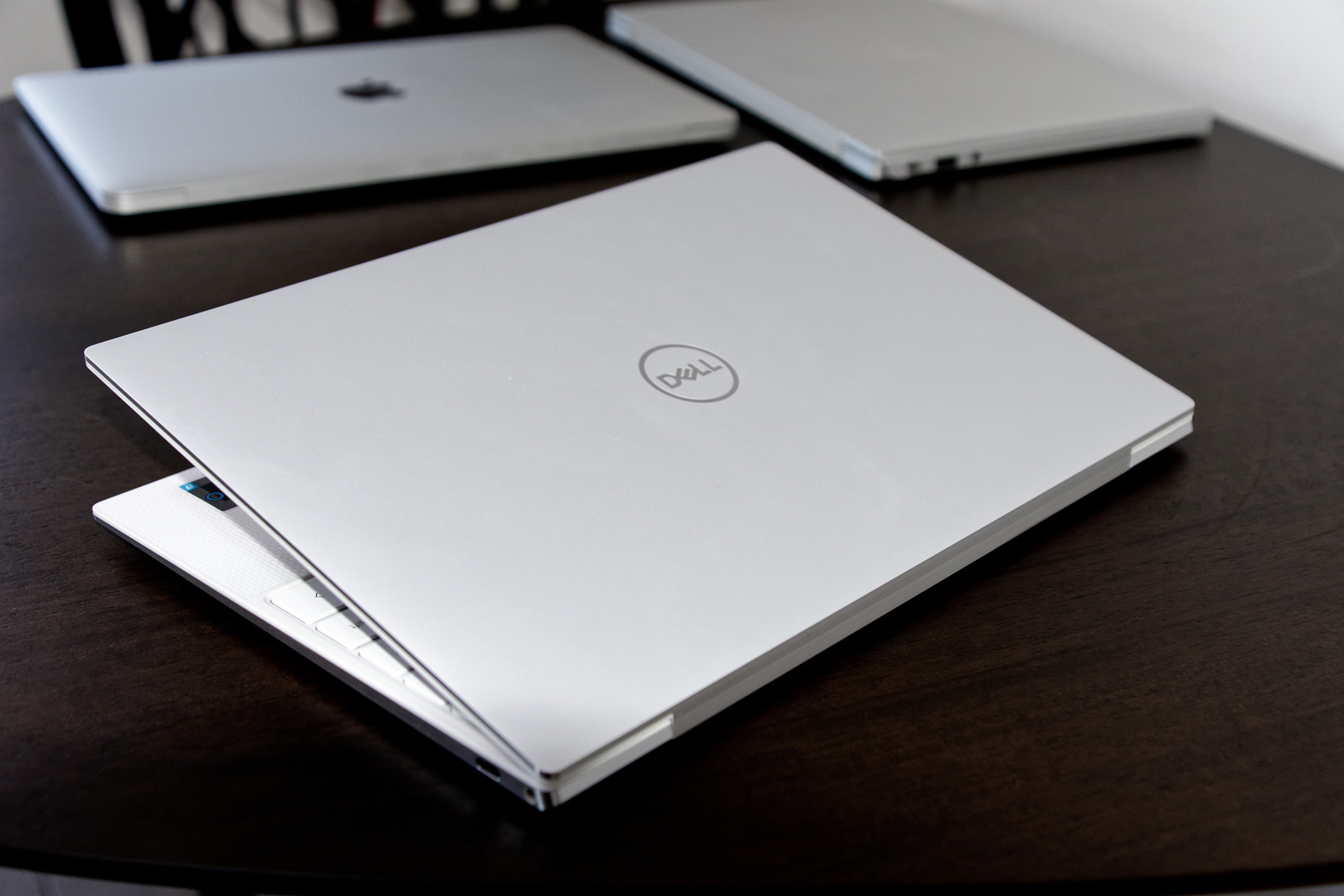
Dell says that the black version of the laptop uses carbon fibre materials, while the arctic one uses white woven glass fibres. Both are stain resistant. Compared to previous models, the new XPS 13 (9310) is about 6 percent thinner. The trackpad is also 17 per cent larger and the edge-to-edge backlit keyboard here is about the same size, though the larger key caps do make it a little more ergonomic to rely on in a pinch.
The last things worth touching on here are the details. The 720p webcam wedged at the top-most bezel. The stereo speakers housed on the light and right edges and the USB Type-C located not too far from them.
These USB-C ports come Thunderbolt 4-enabled, which is still a relatively rare inclusion among even premium laptops like the Dell XPS 13 (9310).
The short version here is that Thunderbolt 4 means more than just faster charging via USB Type-C. It means support for up to two 4K displays at once and data transfer speeds of up to 32GBs per second, which is double that of what could be done with Thunderbolt 3.
Dell XPS 13 specs
The baseline specs for the Dell XPS 13 (9310) are as follows.
- Processor: Starts at 11th Gen Intel Core i5-1135G7
- Graphics: Intel Core Iris Xe integrated graphics
- Memory: Starts at 8 GB RAM
- Display: Starts at 13.4-inch FHD+ InfinityEdge display
- Storage: Starts at 512 GB of M.2 PCIe NVMe Solid State Storage
- Ports:
- 2x USB Type-C (Thunderbolt 4)
- 1x Micro SD card slot
- 1x combo audio jack
- Battery: 52Whr
- Speakers: Stereo, 2.5W, tuned by Waves MaxxAudio Pro
- Webcam: 720p webcam
- Weight: 1.2kg
- Dimensions: 14.8 mm x 295.7 mm x 198.7 mm
What's upgradeable?
- Processor: Goes up to 11th Gen Intel Core i7-1185G7
- RAM: Goes up to 32 GB of RAM
- Storage: Goes up to 1 TB of M.2 PCIe NVMe SSD storage
- Display: Upgradable to a 13.4-inch touch-sensitive UHD+ Infinity Edge display
Dell XPS 13 performance
Like many laptops of this class, the Dell XPS 13 (9310) incorporates Intel’s 11th Gen Core processors, all the way up to the top of the line i7-1185G7 processor. There are a bunch of small but meaningful technical improvements here.
For example, while the new Dell XPS 13 (9310) supports many of the same RAM configurations as its predecessors, it’s important to note that it also boasts faster RAM with speeds of up to 4267Mhz.

The other big benefit of the 11th Gen Intel processor here over the 10th Gen one found in last year’s XPS processor is the new Iris Xe integrated graphics.
Even if Intel has only recently gotten into the integrated graphics space, the year-on-year improvements are substantial and tangible. Gains relative to alternative integrated graphics tech from AMD are more modest, but they still leave this year’s Dell XPS 13 far ahead of last year’s when it comes to gaming at FHD resolutions.
While more dedicated enthusiast gamers are going to be better served by a proper gaming laptop, the Dell XPS 13 managed to run Overwatch at a respectable 50 or so frames-per-second at 1080p resolution with the in-game settings set toggled all the way down. That kind of performance can’t hold a candle to a proper gaming rig, but it’s much more playable than what you’d get on an integrated GPU only a year or two ago.
All this is to say that this year’s Dell XPS 13 (9310) is on stronger ground than predecessors when it comes to future-proofing, thanks to the above and the incorporation of Wi-Fi 6, high-refresh-rate monitors and new AI-based optimisation tech that promises to stretch the battery life of this particular XPS 13 further than previous efforts.
Burned down via streaming video content on YouTube, the 52Whr battery inside the Dell XPS 13 lasted 7 hours and 47 minutes.
The Dell XPS 13 (9310) supports not just charging via USB Type-C, but also fast-charging via both the Dell-branded charger the machine comes bundled with and other high-performance USB type-C chargers.
How does the Dell XPS 13 compare?
Conclusion: Is it worth the price?
While the under-the-hood improvements that separate this year’s Dell XPS 13 from its predecessors can be found in similar step-upgrades available from competitors, the robust design that’s recycled from last year’s model remains a point of difference.
While there are plenty of other great options available when it comes to laptops and 2-in-1 PCs, Dell’s spin on what a premium laptop should look and feel like remains compelling and well priced.
When Dell’s best thin and light laptop costs as much as it does, it feels foolish to try and save a buck with something a little less sharply drawn than the Dell XPS 13 (9310).
How we review laptops
Whether you're looking at a mainstream computer brand like Dell or a dedicated gaming brand like MSI, there's an immense number of decisions you'll need to make when purchasing a laptop. If you're not sure where to start, here are a few important features to consider when shopping for your next laptop:
- Screen size and type: Unlike upgradeable components like your GPU, RAM and storage, you're stuck with the display you buy when you purchase a laptop. Is it a comfortable size? Does it offer a wide-viewing angle?
- Resolution: Similarly, you can't change your display's resolution after the fact. 1080p (Full HD) is the bare minimum these days and most laptops worth their price tag aim for 1440p at least (QHD or QuadHD) but you can also opt for 4K if you're willing to spend a little extra.
- Refresh rate: A screen's refresh rate is the measurement of how frequently it changes. If you play fast-paced multiplayer games like Call of Duty, you know that the difference a few milliseconds that a high refresh rate gets you can count for a lot. The higher the refresh rate, the better. Most conventional laptops offer 60Hz to 90Hz but fancier gaming laptops can offer 144Hz, 165Hz or even 240Hz screens.
- Ports and connections: Like your screen, ports will impact your everyday experience with a laptop, particularly if you use it for work. While you can work around this with USB hubs and adapters, a laptop with fewer ports than you need can quickly become a headache.
- Future-proofing: There are no hard and fast rules here but as a general suggestion, you'll want to sure you're laptop has the legs to survive a few years of technology improvements in any way you can. You can overshoot on your desired specs, spending more on a machine that's more powerful than you currently need, or opt for a model or brand that has support for upgrades down the track. Check which features of the machine are upgradeable. The Dell XPS 15, for example, supports additional RAM, while Apple MacBooks do not.
Check out our dedicated laptop buying guide for more suggestions on shopping for the best laptop for your needs.
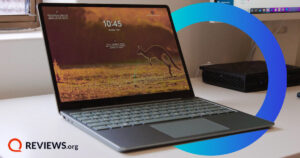
How we review laptops
Here are the big things we consider when reviewing laptops.
Related Articles



